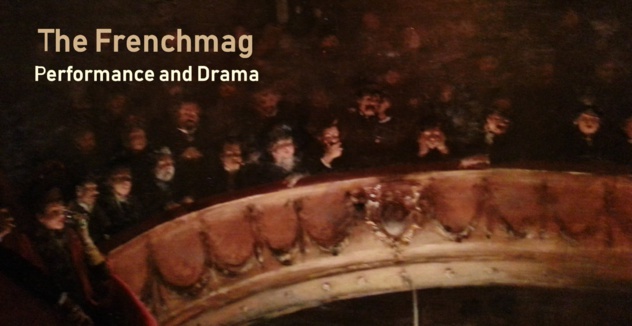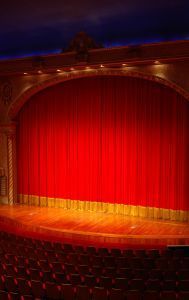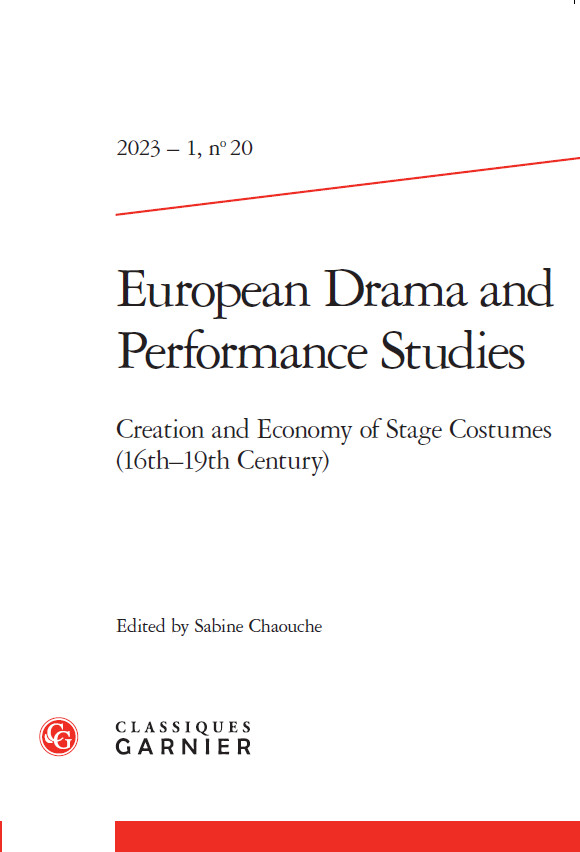Samedi 9 avril 2011 10h00 – 12h30
Centre Universitaire Malesherbes - Amphi 120
108, boulevard Malesherbes 75850 Paris cedex 17
Tél. : 01 43 18 41 00 Fax : 01 43 18 41 10
Métro : Malesherbes ou Villiers
http://perdiguier.univ-paris4.fr/fr/spip.php?article70
Alessio Ruffatti Introduction
Lars Berglund and Maria Schildt, Reception and Use of French Music at the Swedish Royal Court, ca 1680–1730
Table Ronde
The Düben Collection (since 1733 in the Uppsala University Library) is an invaluable source to the repertoire of the Swedish Royal Court in the 17th and early 18th century. The main part of the collection consists in German and Italian church music, but there is also a relatively large stock of French music, which to this day has been given less attention. The material reflects a long and continuous reception of French music at the Swedish Royal court, beginning in Queen Christina’s days in the 1640s, when a group of French violinists were recruited from Paris to take part in the ballet productions at court.
From the 1680s and on, the use of French music increased at the Royal court. The influx of French music during this time was continual, but nevertheless with three particularly important peaks of impact: 1) the adaption of Jean-Baptiste Lully’s dramatic music in the 1680s; 2) the visit of the French troupe led by Claude Guilmois de Rosidor 1699–1706, and 3) the visit of the troupe led by Jean-Baptiste Landé 1723–27. Apart from Jean-Baptiste Lully, the collection contains music by his son Louis, and by Pascal Colasse, Marin Marais, André Campra, Michel de la Barre, Jean Desfontaines, Henri Desmarets, A.C. Destouches, Théobalde de Gatti, J. F. Rebel, et al. There are two complementary groups of sources: those of French provenience (both prints and MSS), and those copied for performance at the Royal Swedish court in Stockholm.
The main importance of the Düben Collection in this context is that it is preserved in its original state, and thus closely reflects the musical activities at the Swedish Royal court. This means that this material can be used to study the complex and multifaceted practices of adaptation and reception in the early modern time.
Lars Berglund is Associate Professor in Musicology at Uppsala University - Maria Schildt is MA and PhD student in Musicology at Uppsala University
Centre Universitaire Malesherbes - Amphi 120
108, boulevard Malesherbes 75850 Paris cedex 17
Tél. : 01 43 18 41 00 Fax : 01 43 18 41 10
Métro : Malesherbes ou Villiers
http://perdiguier.univ-paris4.fr/fr/spip.php?article70
Alessio Ruffatti Introduction
Lars Berglund and Maria Schildt, Reception and Use of French Music at the Swedish Royal Court, ca 1680–1730
Table Ronde
The Düben Collection (since 1733 in the Uppsala University Library) is an invaluable source to the repertoire of the Swedish Royal Court in the 17th and early 18th century. The main part of the collection consists in German and Italian church music, but there is also a relatively large stock of French music, which to this day has been given less attention. The material reflects a long and continuous reception of French music at the Swedish Royal court, beginning in Queen Christina’s days in the 1640s, when a group of French violinists were recruited from Paris to take part in the ballet productions at court.
From the 1680s and on, the use of French music increased at the Royal court. The influx of French music during this time was continual, but nevertheless with three particularly important peaks of impact: 1) the adaption of Jean-Baptiste Lully’s dramatic music in the 1680s; 2) the visit of the French troupe led by Claude Guilmois de Rosidor 1699–1706, and 3) the visit of the troupe led by Jean-Baptiste Landé 1723–27. Apart from Jean-Baptiste Lully, the collection contains music by his son Louis, and by Pascal Colasse, Marin Marais, André Campra, Michel de la Barre, Jean Desfontaines, Henri Desmarets, A.C. Destouches, Théobalde de Gatti, J. F. Rebel, et al. There are two complementary groups of sources: those of French provenience (both prints and MSS), and those copied for performance at the Royal Swedish court in Stockholm.
The main importance of the Düben Collection in this context is that it is preserved in its original state, and thus closely reflects the musical activities at the Swedish Royal court. This means that this material can be used to study the complex and multifaceted practices of adaptation and reception in the early modern time.
Lars Berglund is Associate Professor in Musicology at Uppsala University - Maria Schildt is MA and PhD student in Musicology at Uppsala University



